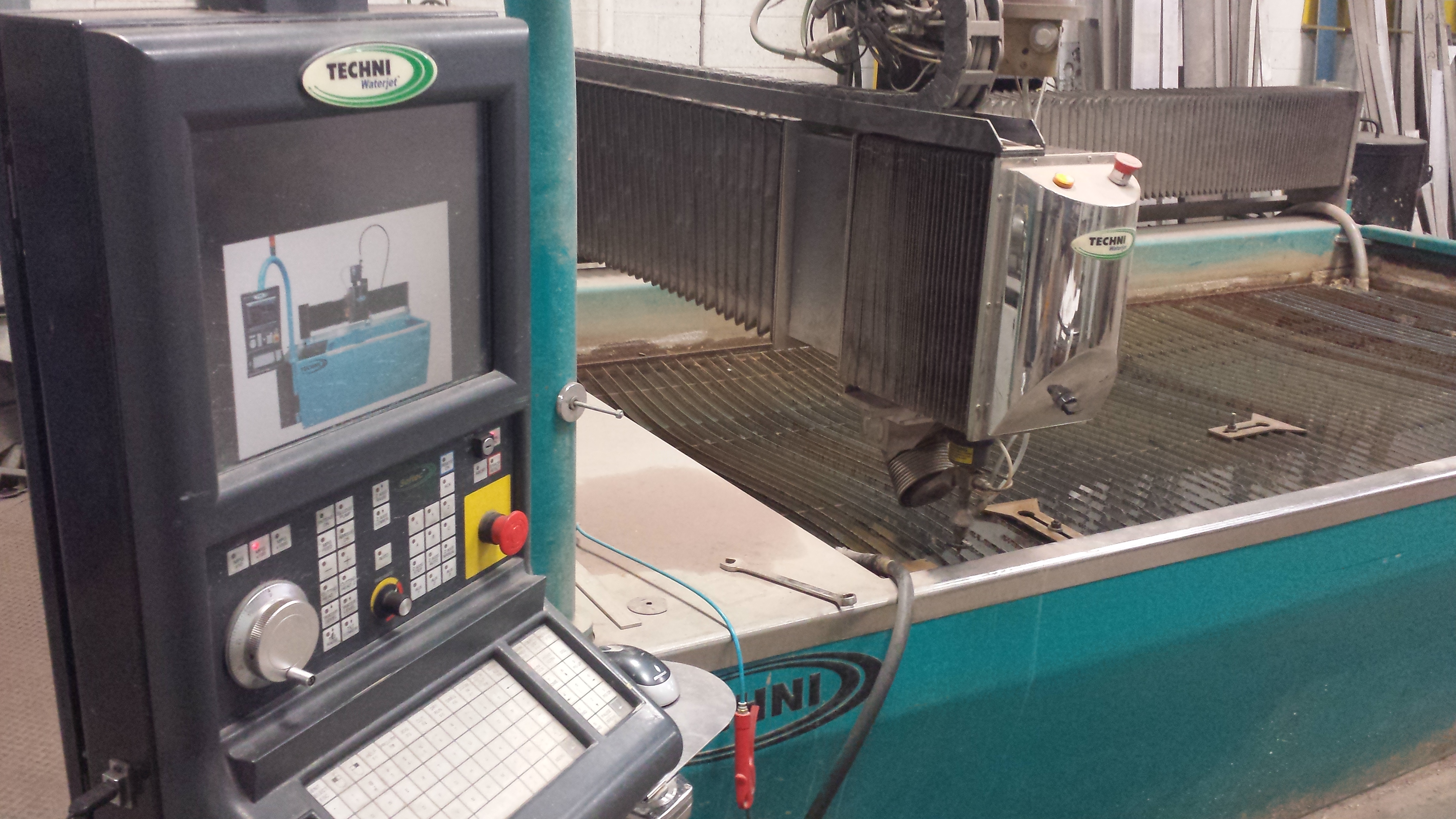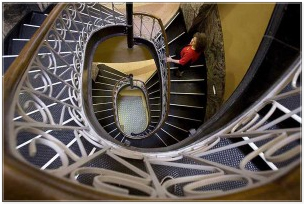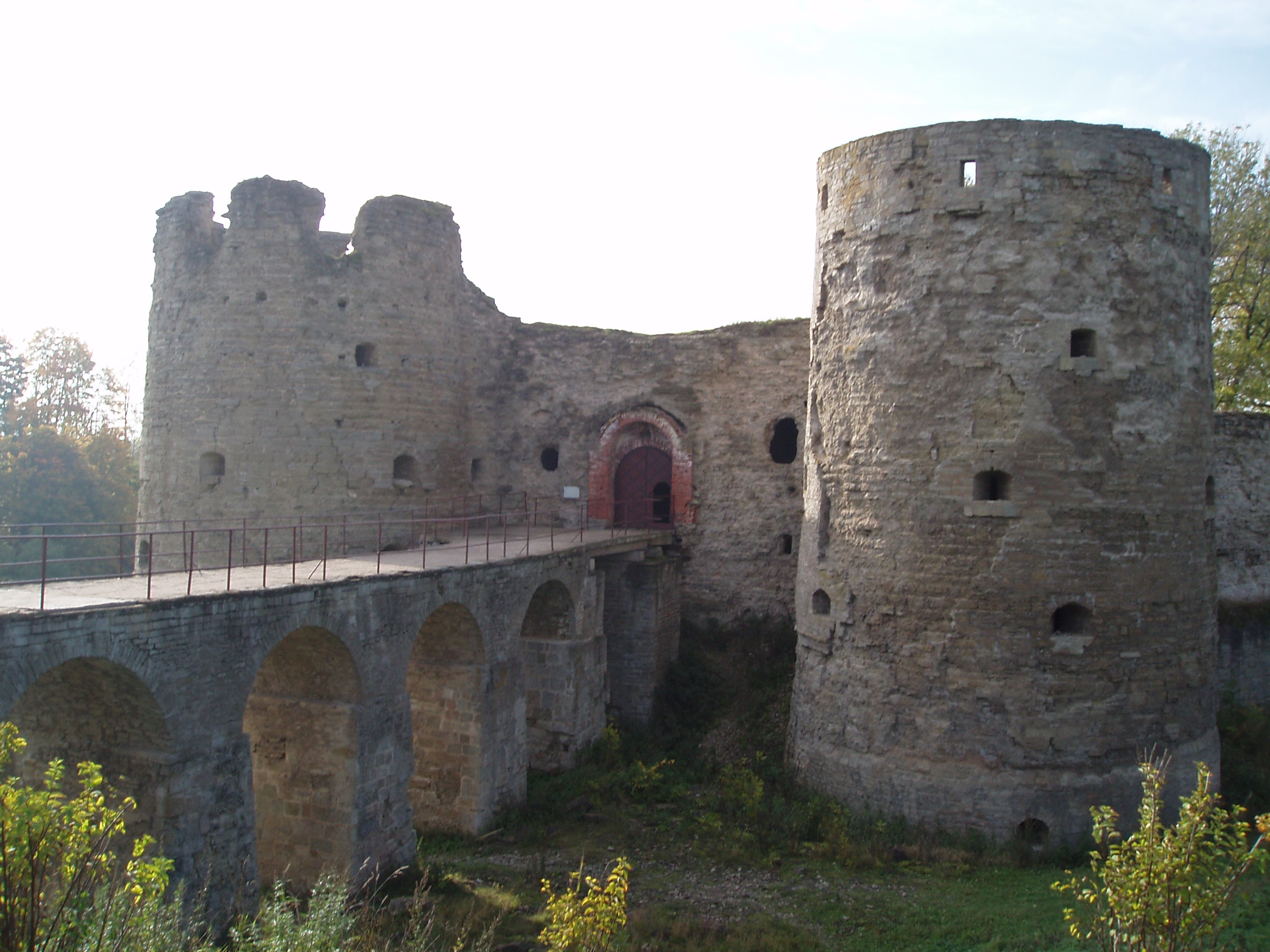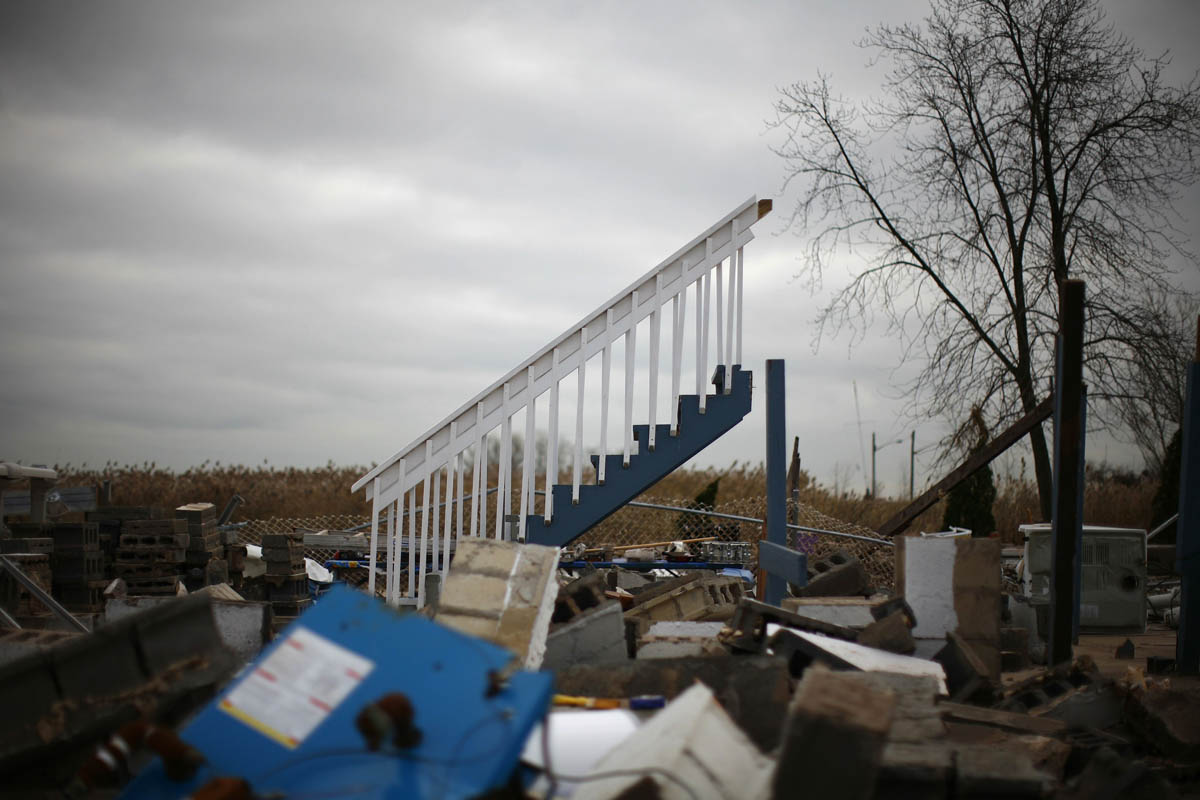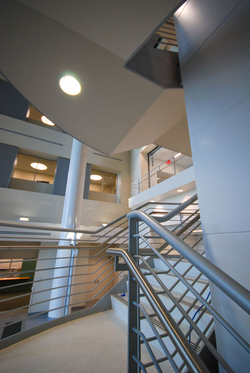Gates, stairways, balustrades, portals, balconies, fences, trellises, domes, ornamental signage...the list is endless in the ways ornamental metals can be utilized to enhance and beautify any architectural design project.
BLOG - Architectural Metals
Leander Rabe
Recent Posts
Tags: ornamental metals, water jet cutting, decorative metals, water jet
Comparing Several Types of Decorative Metals for Your Handrail
Tags: metal railings, metal railing, stainless, railing, decorative metals
How a Fortress Mentality Prevents a Successful Design Project
If each member of the team has their own ideas or agenda, the end result is likely to be unsatisfactory to all.
When planning a project, it is vitally important to find a collaborative partner, one that has significant amounts of experience, professionalism, and a track record of accomplishments.
While following this mandate is important at every step of the job, it is especially important when contemplating unique architectural and functional elements to new construction or remodeling, like ornamental staircases, railings, and formed metals.
The idea might begin with the owner, and pass to the design or architectural firm. It will pass through the bidding process with generals, who in turn will interact with subs for some of the detail work. The owner will select the general contractor based on a number of factors, including the bid price; intangibles also figure into the equation, such as the contractor's track record in general, past work on similar projects, valued-added services that they can bring to the project.
The project owner must evaluate the bids, taking care to make sure the general has a history of being able to co-operate with everyone involved in the project. The record of cooperation might be the result of having an excellent construction project manager (CPM) on staff, or having shown a history of being able to work with outside PMs.
The owner might have a history of working with a particular PM and proposes that s/he work with the general and the subs to keep the collaboration mentality alive from start-to-finish.
The CPM is ultimately responsible for the success of the project, and must have management skills as well as a background in the type of project being undertaken.
S/he will initiate and set-up the following:
- Create a communication to keep everyone involved up-to-speed throughout the project
- Maximize resources by obtaining materials and labor to keep the project within scope and budget
- Clearly communicate the requirements and expectations of all involved to all parties
- Implement the tasks of the project on a timely yet logical basis.
Clearly stated goals, excellent communication, great planning and keeping all parties involved in the process will go a long way towards eliminating 'fortress mentality' on a construction project, and lead to the job coming in on time, on budget, and to everyone's satisfaction.
Tags: spiral stairs, construction industry, railing, design, spiral staircase
Tags: metal railings, curved stairs, custom built, construction industry, curved stairway
We are often told that, 'first impressions count,'. In buildings, whether residential or professional, the stairway frequently is what can make or break that first impression. A well designed stairway offers the potential to turn an uninteresting entryway into a major architectural feature. But with so much potential to create a stunning entrance also exists the prospect of getting it just as wrong, if you fall into some of these common stairway design mistakes.
Select your shape
One of the first decisions you need to make about your stairway, curved staircase, custom stairs project is what shape you want the stairs to be. Spiral staircases look great and are also useful where space is limited. Straight and curved staircases are equally sound options but whatever your choice it's important that the connections to the rest of the building are seamless and the staircase fits in both stylistically and proportionally.
Design discord
Figuring out what works for your building whether stairway, curved staircase, custom stairs is one of the first decisions you need to make. What combination of materials do you want to use? What will your balustrades look like? How many spindles do you want and what finish should the railings have? These decisions require you to think about the overall design of your building and how the stairway can complement that. If your stairway design clashes with the rest of the entrance area, you can end up with a design disaster, not a style statement. Working with a professional designer, who specializes in custom metalwork from the beginning of your project, can help you avoid this common pitfall.
Form over function
With any design project, it can be all too easy to get carried away with the appearance, and forget about the practicalities. First you have the code requirements to think about, such as distance between spindles, stair widths and headroom - these are non negotiables which you simply must adhere to. Then there are the other practical considerations, such as loading on the staircase. The more complex the staircase, the greater the technical expertise you need in designing the stairway. A professional designer will be able to keep your project specification in line with building codes and advise you about how to use the materials you want.
Tags: curved stairs, spiral stairs, spiral stairway, custom built, curved staircase, curved stairway, spiral staircase
Four Warning Signs You Have the Wrong Metal Railing Install
Metal railings require as much thought and careful choosing as any other design element. If your space doesn’t seem to look its best, consider how your railings might be affecting aesthetics and function.

